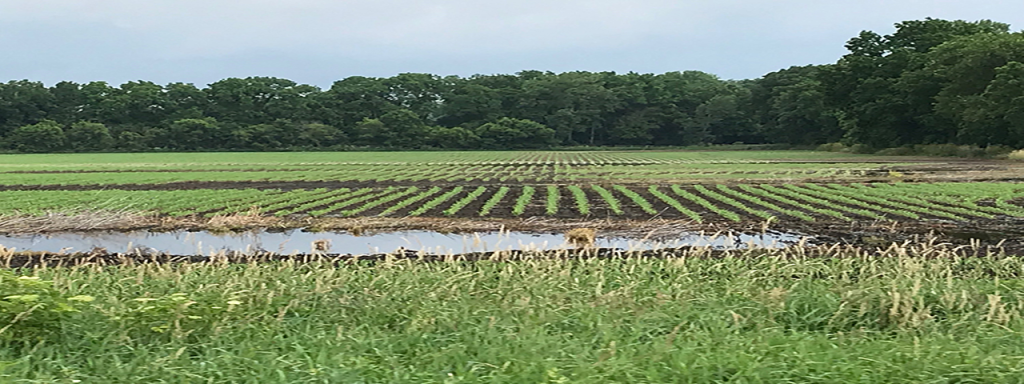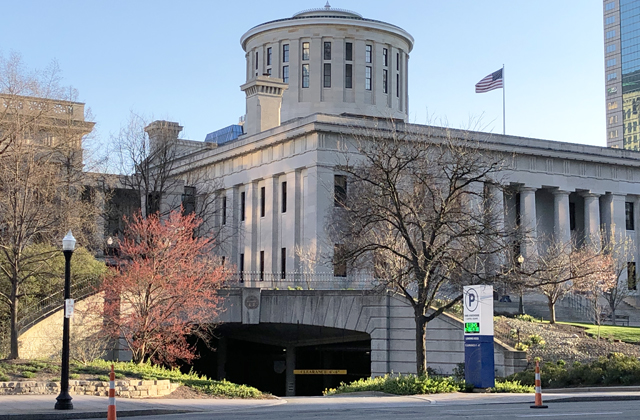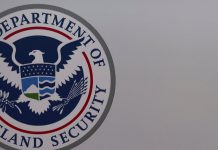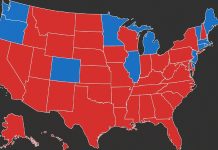
Ohio faces a complex set of challenges heading into late fall and winter 2025, from volatile weather forecasts impacting its crucial agricultural sector to new legislative impacts on education and the environment, and a slowing economic forecast. Addressing these interconnected issues requires proactive planning, investment in resilience, and collaborative efforts across the state.

Solutions for Weather-Related Agricultural Issues 🚜
Forecasts suggest a colder-than-normal winter for the Ohio Valley, with potential for early cold snaps, heavy snow in some regions, and continued variability that follows a planting season already hampered by persistent rain. These conditions threaten crop yields, livestock health, and farm infrastructure.

Challenges;
* Boost Real-Time Weather Data: Ohio should invest in a state-wide agricultural weather mesonet, similar to those in other states. This network provides farmers with high-resolution, real-time data on soil moisture, temperature inversions, and microclimates, enabling data-driven decisions on planting, harvesting, and spray timing.
* Enhance Water Management: Support for improved farm drainage systems, including tile drainage and surface ditches, is critical to manage excess water from heavy precipitation and prevent soil compaction and root rot.
* Promote Resilient Farming Practices: Farmers should prioritize soil health management (e.g., no-till, cover crops) to increase water infiltration and soil stability. Utilize climate-resilient crop varieties and explore crop diversification to hedge against single-crop failures.
* Expand Risk Management: Advocate for a long-term Farm Bill and encourage farmers to review and maximize their participation in Federal Crop Insurance programs, including options for prevented planting, to manage financial risk from extreme weather.

Navigating New Legislation: Schools and Environment 📚
Recent Ohio legislation is set to influence public schools and environmental policies, including mandates on the “science of reading,” increased focus on career readiness, and requirements for political neutrality on “controversial” topics like climate policies in higher education (SB 1).
More Importantly
* Prioritize Educator Training: Schools must secure adequate funding and time for all teachers and administrators to complete competency-based training in the science of reading. Successful implementation hinges on fidelity to the new curriculum and instructional practices.
* Develop Compliance Frameworks: Institutions must proactively develop clear, transparent compliance protocols for new laws like SB 1, ensuring that educational freedom is protected while adhering to legislative requirements. For environmental issues, focus should shift to science-based resource management and sustainability initiatives that deliver measurable outcomes without engaging in restricted “policy” advocacy.
* Invest in Career Pathways: Allocate state and local funds to expand and integrate career exploration and planning into high school curricula. This requires building stronger partnerships between schools, local businesses, and career technology centers to address future workforce needs.
Strategies for Economic Resilience and Growth 📈
Ohio’s 2025 economic outlook indicates slower growth than the national average, rising unemployment concerns, and persistent pressure from interest rates and global policy uncertainty (e.g., tariffs).
Issues to address;
* Focus on Advanced Manufacturing and Technology: Continue to invest heavily in advanced manufacturing and technology sectors, leveraging existing momentum (e.g., semiconductor investment) to attract and retain high-wage jobs. This includes funding for Ohio Innovation Hubs to foster regional growth.
* Address Housing Supply: State policy must lower regulatory barriers to responsible, attainable housing development in both growing urban centers and rural areas. Incentivize communities to update restrictive zoning codes and utilize brownfield remediation funds to unlock developable land near existing infrastructure.
* Support Small Businesses and Rural Communities: Sustain and expand support through Minority Business Assistance Centers and Small Business Development Centers. Crucially, the Appalachian Community Grant Program should receive continued funding to revitalize downtowns, improve infrastructure, and expand job pathways in economically distressed regions, ensuring growth reaches all corners of the state.
By embracing these targeted, proactive solutions—from precision farming and targeted literacy training to strategic economic diversification—Ohio can not only mitigate the challenges of late 2025 but also build a more resilient, competitive, and prosperous future.
MUST READS
Dr. Oz disagrees with RFK, Jr on the Tylenol issue
S’mores and Crisp Air : Top Things to Do in Ohio State in Late Fall and Winter 2025 – News Talk Ohio

Viorica Bruni Content Creator Collective Audience Media











